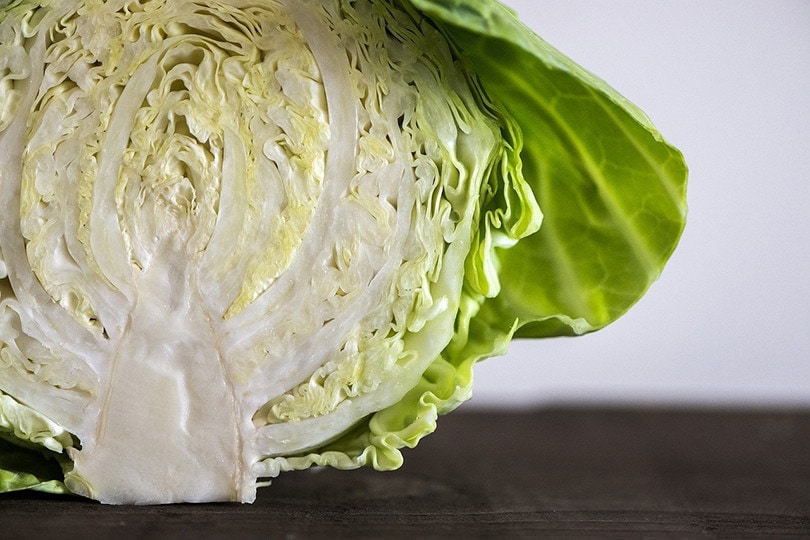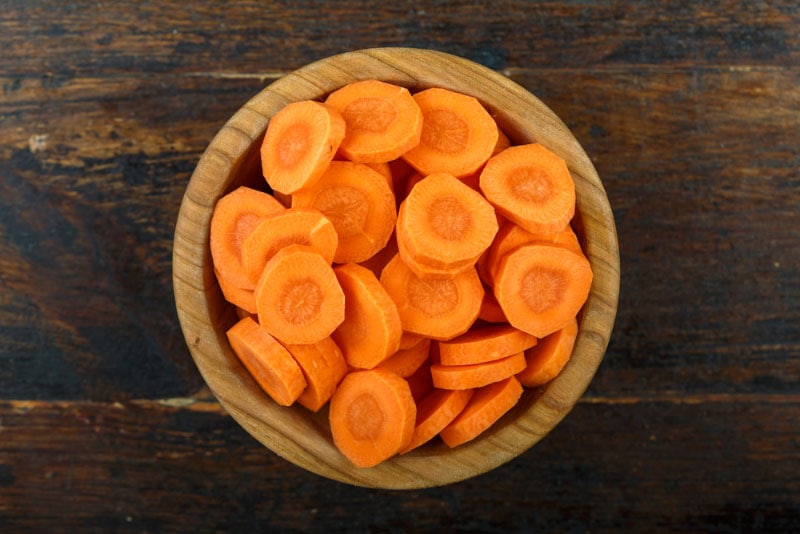5 Cute Pink Pet Bird Species (With Pictures)
By Kit Copson
Updated on
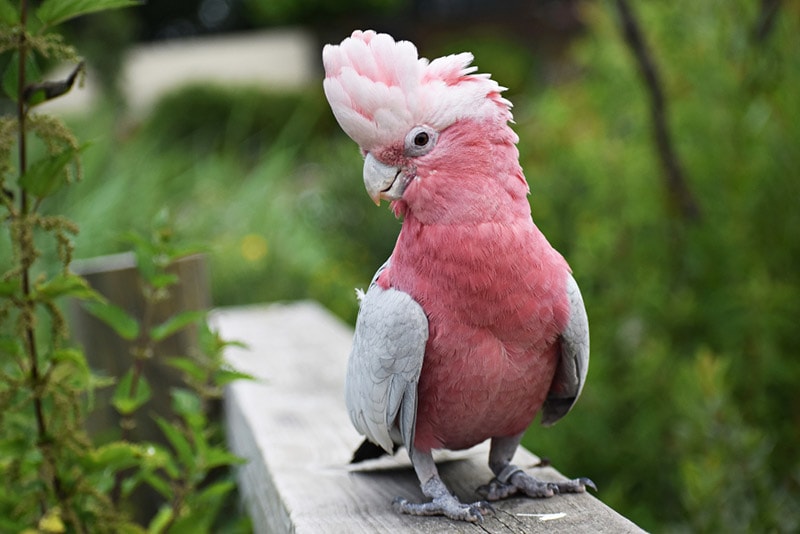
There is a multitude of bird species out there in an array of gorgeous colors, and pink is one of the most eye-catching of all. Flamingoes are the birds that most likely spring to mind when you think about pink-colored birds, but, fortunately, there are some more home-friendly species you can look into if you’re thinking about adding a pink bird to your aviary.
Read on to find out more.
Top 5 Pink Pet Bird Species
1. Bourke’s Parakeet (Neopsephotus Bourkii)
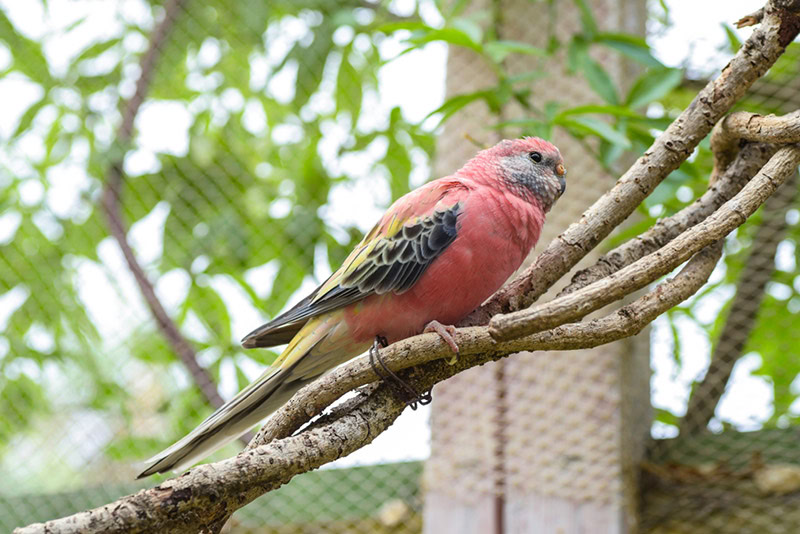
Also known as the “Bourke’s Parrot”, the Bourke’s Parakeet originated in Australia. There, they inhabit dry, arid areas like mulga and acacia scrubs, native cypress, and eucalypt woodlands, and can be found in many regions across the continent.
The Bourke’s Parakeet is around 7 to 9 inches in size and is identified by its gray-brown top part and pinkish underpart, though there is often a clear presence of pink in various areas, including the head, chest, and the upper portion of the wings. The wings are typically a mix of brown edges with yellow or a lighter brown shade, white, and blue. This color diversity is part of what makes this parakeet so intriguing.
Popular with aviarists, both experienced and beginner, the Bourke’s Parakeet is known for its intelligence, calmness, and friendliness towards humans, especially if they’ve been hand-fed from a young age. They often enjoy physical contact with their humans and riding around on their shoulders. Take note, however—these birds need a lot of space and do best in aviaries.
- Friendly and sociable
- Calm-natured
- Not known for being excessively noisy
- These birds need a large living environment
2. Galah (Eolophus Roseicapillus)
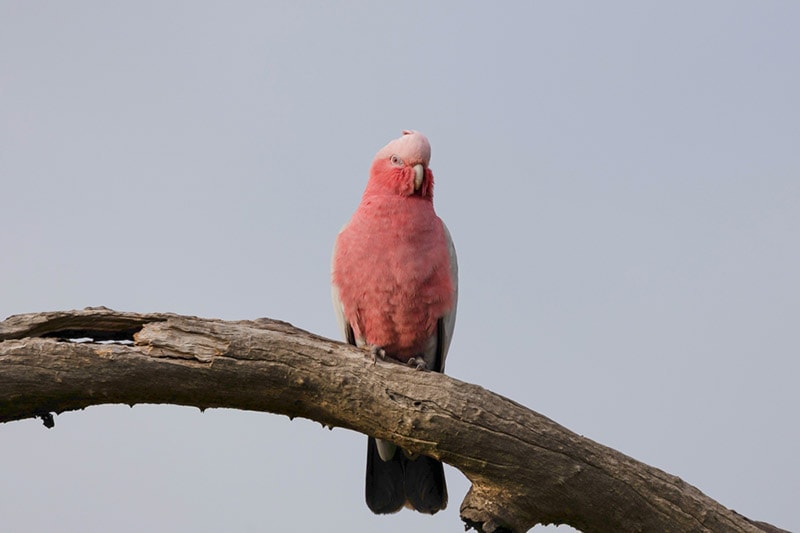
Another Australian native bird, the Galah—also known as the Rose-breasted Cockatoo—inhabits open grasslands when at home but is also often spotted in urban areas.
The origins of this bird’s name are rather unflattering; “galah” is a term used to call someone an “idiot”, “fool”, or “loud-mouthed idiot”. This is a reference to the Galah’s screeching vocalizations and possibly to their status as a “pest” in many areas in Australia.
The Galah’s loud vocalizations make them a less-from-ideal choice for someone with neighbors living in close proximity, like in apartment blocks. On the bright side, the Galah can get used to handling and, when socialized, is known for being a friendly bird and a pleasant companion. This bird’s estimated lifespan is 40 years, though it can live longer in captivity.
- Friendly when socialized
- Long life expectancy
- A good choice for someone looking for a chatty companion
- Needs a lot of human interaction
- Not suited to apartment living
- Needs a lot of space
3. Pink-headed Fruit Dove (Ptilinopus Porphyreus)
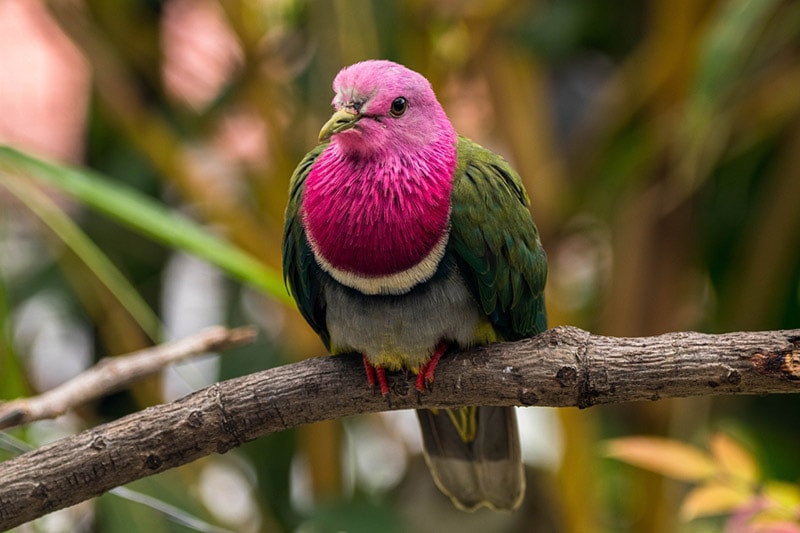
The Pink-headed Fruit Dove is an Indonesian native and inhabits mountainous forest areas of Java, Sumatra, and Bali, where it lives off a diet of fruits and berries. Distinguished by its pinkish-lavender-colored head, white neck band, and green and blue wings, the Pink-headed Fruit Dove is about 11–11.5 inches tall and can live for up to 20 years in captivity.
These birds are best suited to those with aviaries, as they’re not really cut out for life as house birds. They really need the extra space that an aviary can give them, and, though they can be trained to come and sit on your hand to collect food, they’re very shy, and so won’t be obvious with their affectionate like a cockatoo or Bourke’s Parakeet.
- Physically stunning
- Graceful
- Does well in an aviary
- Not suited to cage life—needs an aviary
- Not suited to those who want a sociable, extraverted bird
4. Moluccan Cockatoo (Cacatua Moluccensis)

Also called the “Salmon-crested Cockatoo”, the Moluccan Cockatoo is native to Eastern Indonesia and the southern Moluccan Islands, where they inhabit lowland forests. This is a large, vocal, and extraverted bird, making it the perfect choice for those looking for more of a willing companion than, say, an aviary bird.
The Moluccan Cockatoo’s feathers are a sort of light salmon-pink color, and its crest is in a brighter shade of pink. The crest becomes larger and more distinctive as the Moluccan Cockatoo experiences a range of emotions, including fear, irritation, and excitement.
This sociable bird needs a very large cage, does well in a pair, and is pretty high-maintenance when it comes to attention. They are very overt with their affection, have a tendency to bond strongly with one person in particular, and will want to be around you rather a lot, so, if you spend a lot of time out of the house, the Moluccan Cockatoo won’t be the best choice for you.
Moluccan Cockatoos are also quite loud, so watch out if you have neighbors close enough to hear those distinctive screeches, and males, in particular, can get grumpier and more aggressive as they get older, so they might not be suitable pets for kids.
- Friendly and very affectionate
- Highly intelligent
- Long expected lifespan (up to 70 years)
- Can be noisy
- May get more aggressive with age
- The clinginess may be too much for some
5. Canary (Serinus Canaria Domestica)
The domestic Canary hails from the Canary, Madeira, and Azores islands, and has been a popular pet for centuries. They stand at about 4 to 8 inches tall and can live for up to 15 years, though some have lived for as long as 20 years, perhaps more in some cases.
Canaries come in a variety of colors. Those with the red factor gene present in different shades of red, ranging from a deep orange-red to a soft, light pink color, sometimes flecked with an even lighter tone. Red-factor canaries are truly stunning to look at, and, if you get a song canary (typically male), you can expect to be entertained for hours.
These birds are a little less fond of hands-on interaction than more sociable pet birds, like the Bourke’s Parakeet. That’s not to say they don’t enjoy spending time with humans or are aggressive, just that they’re a little shyer and may take some time to warm up to you. They enjoy flying, so will appreciate daily free-flying time outside their cage.
- Non-aggressive
- Song canaries have a beautiful singing voice
- Red factor canaries come in a variety of beautiful red-pink shades
- Winning their trust can be a challenge
What’s the Best Pet Bird for Beginners?
Not every bird is going to be suitable for a complete beginner, either due to possessing a demanding streak or having very specific and challenging living requirements. That said, whatever bird you get will have certain needs that must be fulfilled to ensure its quality of life, but some are a bit more beginner-friendly than others. These include:
- Parakeets (budgies)
- Lovebirds
- Canaries
- Cockatiels
- Pionus Parrots
- Parrotlets
Conclusion
If you’re looking for more of a companion pink bird, you might consider a Moluccan Cockatoo, Bourke’s Parakeet, or Galah Cockatoo. This extroverted bunch have pretty strong characters and generally enjoys spending time around people. Canaries also make great pet birds but are often timid, so you’ll need to be patient with them.
The shy, delicate, and elusive Pink-headed Fruit Dove does best in an aviary and isn’t the most companionable bird, but if this doesn’t bother you or you prefer more reserved birds, you might consider offering one a home. Consider checking out bird rescue organizations to see if there are any lovely pink birds in search of a new home.
See also:
Featured Image Credit: Gabriela Beres, Shutterstock


